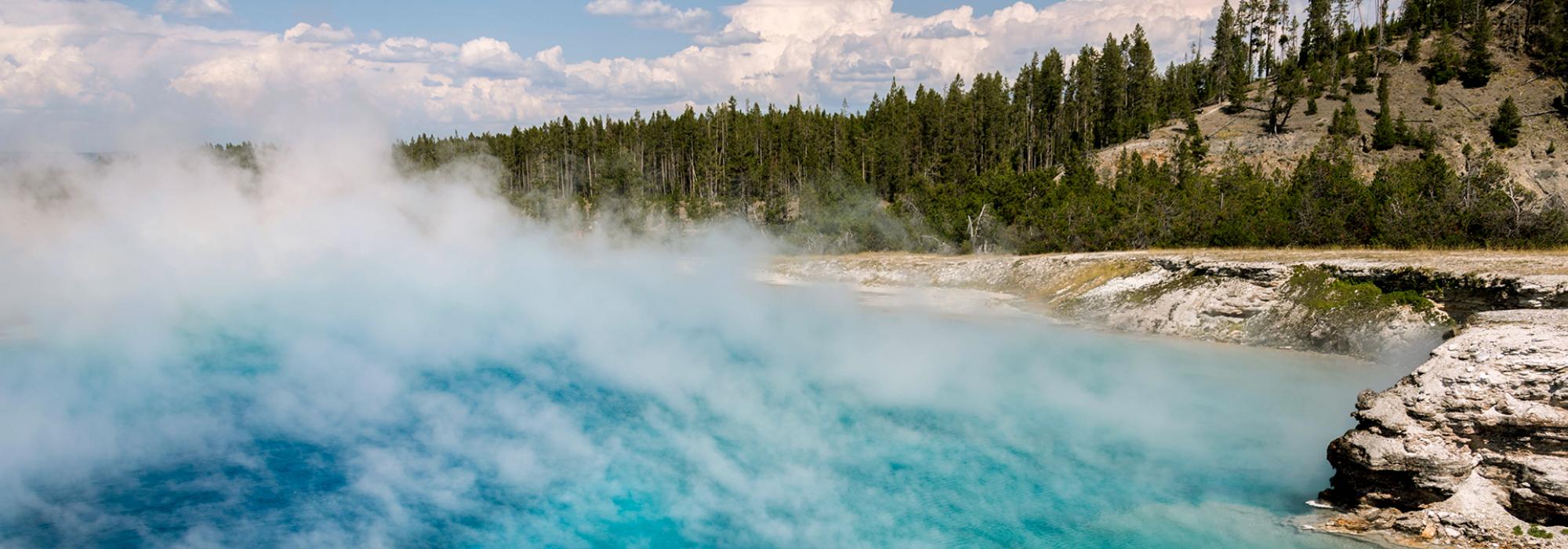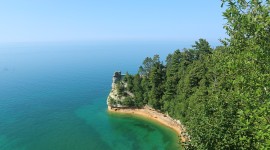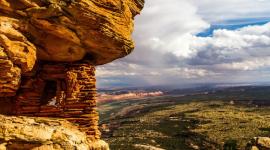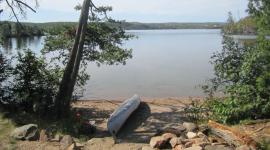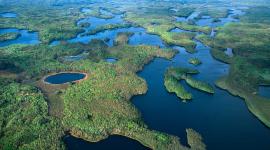Historic Public-Lands Package Signed Into Law
On March 12, 2019, President Trump signed into law a bipartisan package of 120 public-lands bills, which permanently reauthorized the Land and Water Conservation Fund (LWCF) and extended wilderness protection to 1.3 million acres in Utah, New Mexico, Oregon, and California. Named the John D. Dingell, Jr. Conservation, Management, and Recreation Act (S.47), the package has been called the most significant conservation legislation in a decade. The LWCF had expired on September 30, 2018, after Congress failed to agree on language to extend it before the deadline passed.
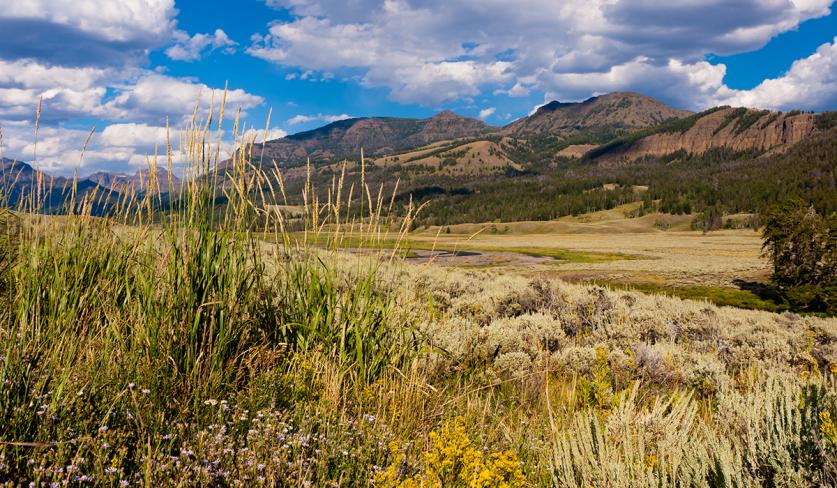
Other salient features of the legislation include the expansion of the Ocmulgee National Monument in Macon, Georgia, and its redesignation as a national historic park. A landscape significant for its connection to Native American tribes, the national monument will receive greater protection, as well as additional resources for interpretation. Devil’s Staircase Wilderness, a remote patch of old-growth forest northeast of Reedsport, Oregon, along with 30,000 acres of public land just outside Yellowstone National Park, in Wyoming, will be protected from mineral development and logging activities. The Reconstruction Era National Monument in South Carolina, which commemorates one of the first places in the United States where formerly enslaved people voted, exercised property rights, and established churches, schools and businesses, will also be expanded and redesignated as a national historical park. Historically Black Colleges and Universities (HBCUs), such as Howard University and Fisk University, will also continue to receive essential funds to rehabilitate and maintain their campuses.
One of the most popular and effective programs created by Congress, the LWCF uses fees and royalties paid to the Bureau of Ocean Energy Management Regulation and Enforcement from offshore oil-and-gas drilling in federal waters to support federal and state conservation and recreation initiatives, as well as voluntary conservation efforts on private land. Despite overwhelming bipartisan support, the LWCF had been under threat in recent years, with protection of the Bears Ears National Monument significantly scaled back in December 2017. According to the Associated Press, the move marked the first time in 50 years that a U.S. president had undone public land protections. The current legislation, however, represents a win for public-land advocates and stewardship organizations, including the American Society of Landscape Architects, which has long supported efforts to maintain the LWCF and continues to advocate for its full funding.



